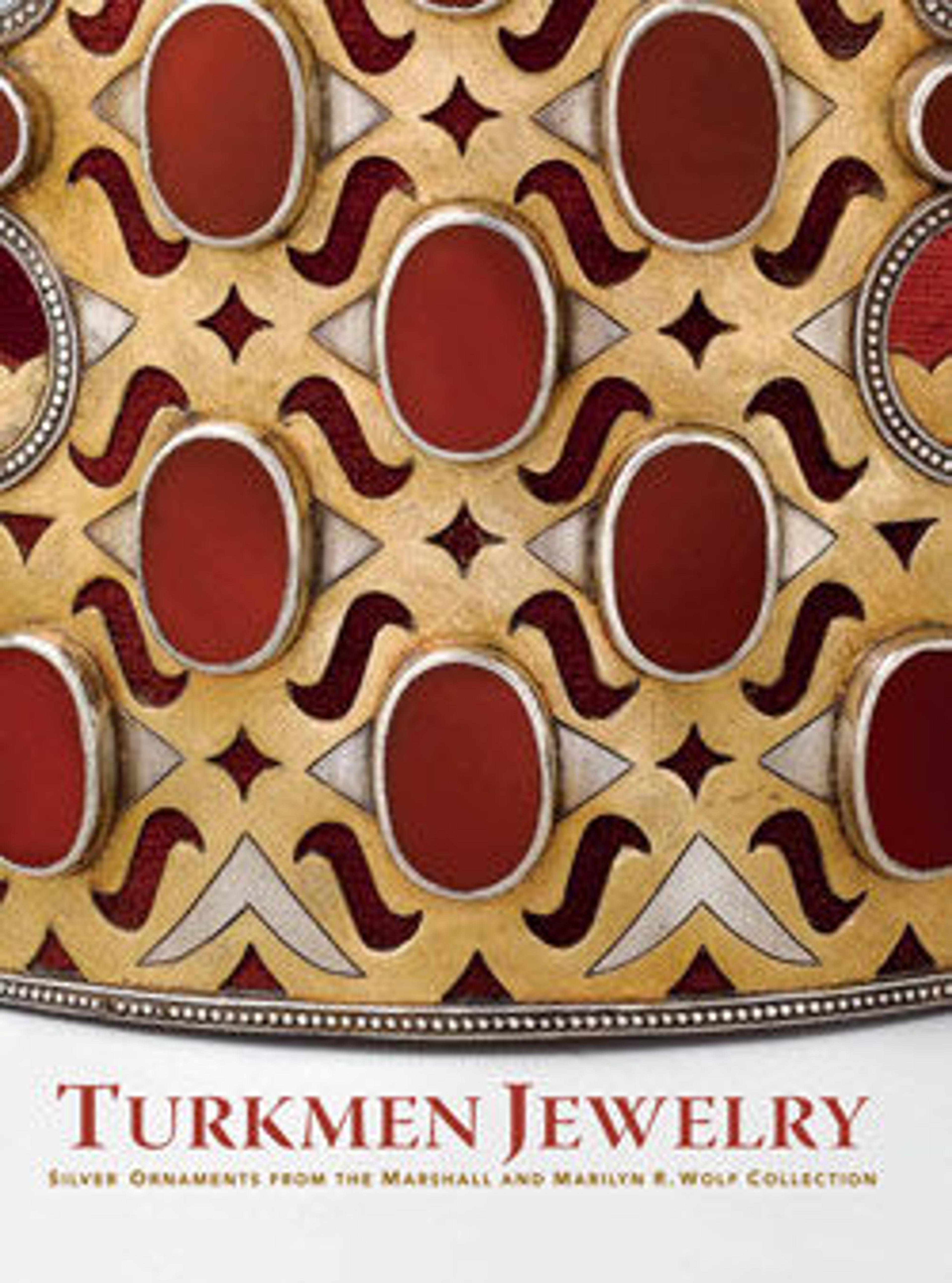Ring
This flat-topped circular ring executed in three colored enamels is characteristic of jewelry produced in Multan, Pakistan. Similar rings are also worn by the Pashtun tribe of Afghanistan and Pakistan. Comparable rings fitted with mirrors instead of carnelians were worn by brides to glance at the groom during wedding ceremonies.
Artwork Details
- Title: Ring
- Date: late 19th–early 20th century
- Geography: Attributed to Central Asia or northern Pakistan
- Medium: Silver; fire-gilded with enamel decoration and table-cut stone carnelian
- Dimensions: H. 1 3/8 in. (3.5 cm)
W. 5 1/2 in. (14 cm) - Classification: Jewelry
- Credit Line: Gift of Marshall and Marilyn R. Wolf, 2009
- Object Number: 2009.530.14
- Curatorial Department: Islamic Art
More Artwork
Research Resources
The Met provides unparalleled resources for research and welcomes an international community of students and scholars. The Met's Open Access API is where creators and researchers can connect to the The Met collection. Open Access data and public domain images are available for unrestricted commercial and noncommercial use without permission or fee.
To request images under copyright and other restrictions, please use this Image Request form.
Feedback
We continue to research and examine historical and cultural context for objects in The Met collection. If you have comments or questions about this object record, please complete and submit this form. The Museum looks forward to receiving your comments.
